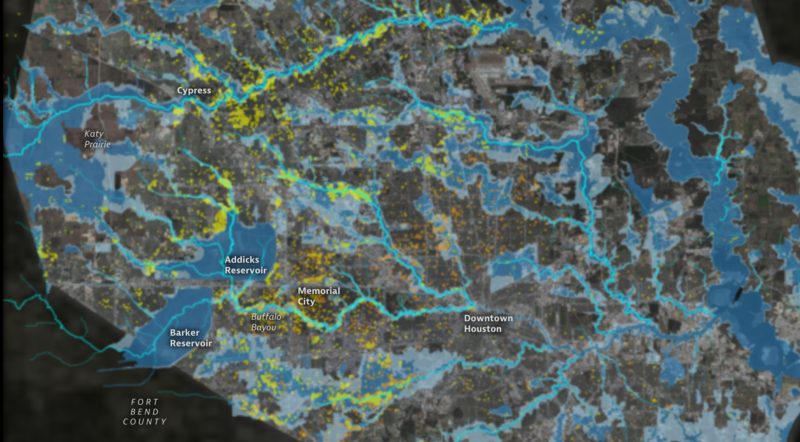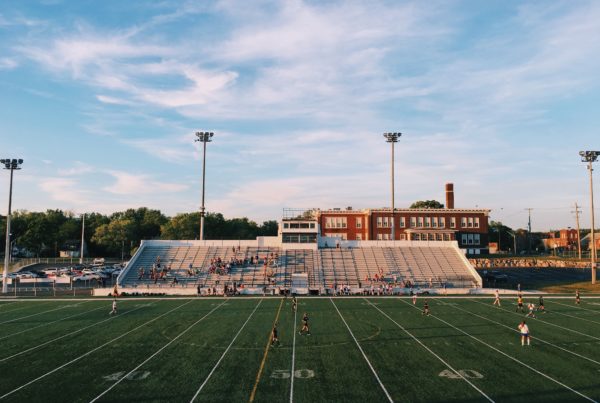From Texas Tribune & ProPublica:
For the third time in eight years, water gushed into Virginia Hammond’s northwest Houston home.
It was 2 a.m. on April 18. Over the next several hours, her two granddaughters — ages 12 and 15 — perched on tables, scared to put their feet in the dark gray floodwater rising below them. It nearly topped 3 feet.
“They couldn’t get in the beds because the beds were wet. They couldn’t go to the bathroom because the water was over the toilet bowl,” Hammond recalled.
“We were in there, well, trapped.”
The storm that pummeled Hammond’s modest brick home — nicknamed the “Tax Day” flood because it fell on the deadline to file federal income taxes — came just 11 months after another, on Memorial Day 2015, that also crippled the city. Together, the floods killed 16 people, inflicted well over $1 billion in damage and provoked an unprecedented uproar from Houstonians, some of whom are now suing the city over chronic flooding problems. A month after the Tax Day flood, another mega-storm hit the city, dumping well over a foot of rain on parts of Harris County, home to Houston, in 24 hours.
The area’s history is punctuated by such major back-to-back storms, but many residents say they are becoming more frequent and severe, and scientists agree.
“More people die here than anywhere else from floods,” said Sam Brody, a Texas A&M University at Galveston researcher who specializes in natural hazards mitigation. “More property per capita is lost here. And the problem’s getting worse.”
See the interactive and read the rest of the story here.














